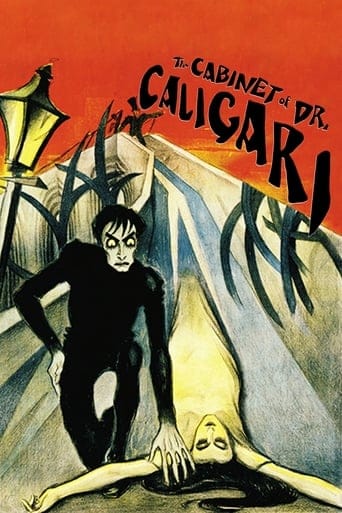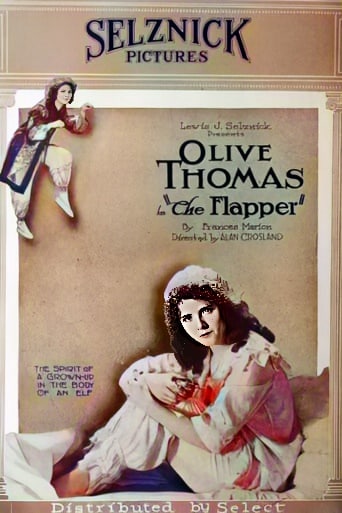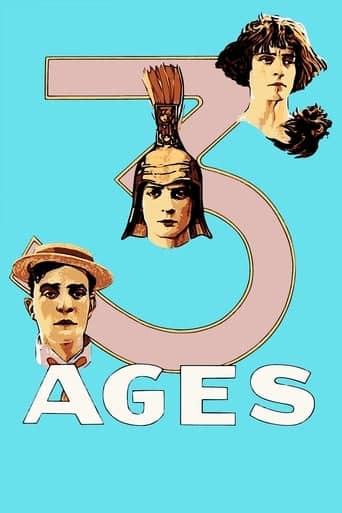The Cabinet of Dr. Caligari (1920)

 “The Cabinet of Dr. Caligari,” a landmark silent film released in 1920, is a masterpiece of German expressionist cinema directed by Robert Wiene.
“The Cabinet of Dr. Caligari,” a landmark silent film released in 1920, is a masterpiece of German expressionist cinema directed by Robert Wiene.
It is a pioneering work of horror and psychological thriller that has had a profound and lasting influence on the art of filmmaking.
The film’s narrative is framed as a flashback, narrated by Francis (Friedrich Feher) to an unnamed listener. Francis recalls the horrors he experienced in the small town of Holstenwall, particularly his encounters with the enigmatic Dr. Caligari ( Werner Krauss) and his sleepwalking assistant Cesare ( Conrad Veidt).
Dr. Caligari, a sinister figure, arrives in Holstenwall with his somnambulist Cesare and a mysterious cabinet that is said to contain the sleeping man. Dr. Caligari presents Cesare as a sleepwalker who can predict people’s futures while in a deep slumber. This act becomes the centerpiece of the local fair, and people flock to see Cesare’s prophecies.
However, as the narrative unfolds, it becomes clear that Dr. Caligari is not what he seems. Francis becomes increasingly suspicious of the doctor and embarks on a journey to uncover the truth. He discovers a series of disturbing events, including a series of murders that appear to be linked to Dr. Caligari and his somnambulist.
One of the most distinctive features of “The Cabinet of Dr. Caligari” is its visually striking and highly stylized set design. The film’s sets, designed by Hermann Warm, are characterized by distorted, angular, and nightmarish architecture. The buildings and landscapes appear to be a manifestation of the characters’ psychological states, creating a sense of disorientation and unease.
The use of light and shadow in the film, a hallmark of German expressionist cinema, contributes to the eerie and unsettling atmosphere. The contrast between dark, shadowy areas and sharply illuminated spaces adds to the film’s dreamlike quality.
The performances of the cast, particularly Conrad Veidt as Cesare, Werner Krauss as Dr. Caligari, and Friedrich Feher as Francis, are exemplary. Veidt’s portrayal of the sleepwalking Cesare is haunting and memorable, while Krauss captures the malevolence of Dr. Caligari effectively.
The film’s narrative takes a twist that challenges the audience’s understanding of reality and fantasy. The revelation at the end of the film, which I won’t spoil here, adds a layer of complexity and ambiguity to the story.
“The Cabinet of Dr. Caligari” is often considered a foundational work of psychological horror and a precursor to the film noir genre. Its influence is far-reaching and can be seen in later films, particularly in the works of Alfred Hitchcock and Tim Burton.
In conclusion, “The Cabinet of Dr. Caligari” is a cinematic masterpiece that has left an indelible mark on the history of film. Its distinctive visual style, psychological depth, and exploration of the blurred lines between reality and fantasy make it a seminal work in the horror genre and a testament to the power of silent cinema. The film continues to be celebrated for its enduring impact on the art of filmmaking and storytelling.
Release Date: February 26th, 1920
Main Cast Members
Werner Krauß (Dr. Caligari)
Conrad Veidt (Cesare)
Friedrich Fehér (Francis)
Lil Dagover (Jane)
Hans Heinrich von Twardowski (Alan)
Rudolf Lettinger (Dr. Olsen)




